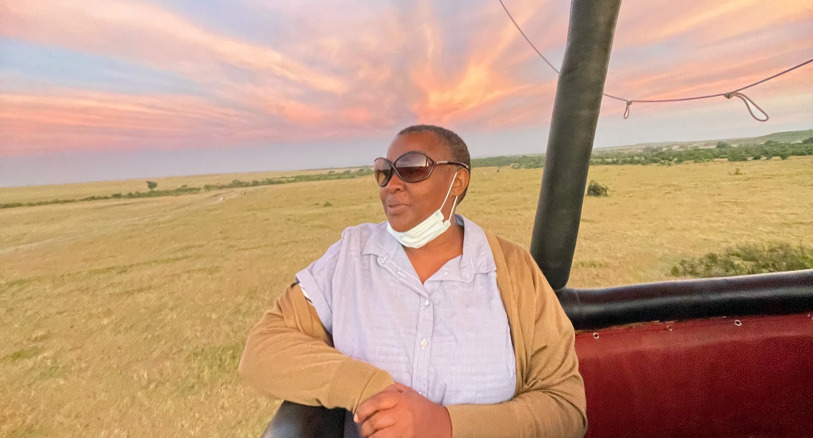What is a mangrove?
Have you heard of trees that create billions of baby fish and crabs, help protect people on islands from the monster waves of tropical storms, and stand on stilts above the ocean?
Such trees exist! They are mangrove trees.

There are many species of mangrove trees, and they combine to form mangrove forests around tropical and semi-tropical shorelines all over Earth.
Mangroves grow in salt water or brackish water (a mix of salt water and fresh water). Brackish water can be found where rivers flow into the ocean.
Mangrove forests experience ocean tides that raise and lower the water levels around them every day. Mangrove trees have adapted to rising water levels by developing roots called prop roots. Prop roots are like stilts that raise the main body of the tree above the water level.

The wetland areas beneath and within mangrove forests provide habitat for billions of fish and crabs in coastal areas. Mangrove forests are very important nurseries for fish and crabs. This relatively sheltered mangrove habitat provides a safe space for fish and crabs and other species to mate and spawn their offspring.
Communities help restore mangroves in the Philippines:
The Philippines is a country in Southeast Asia. There are many mangrove forests around the islands that make up the Philippines, including the mangroves of Malampaya Sound in Palawan province.
The Tagbanua Indigenous people, the sound’s early inhabitants, named this area. “Malampaya” means “rich in fish.” Historical accounts show that the fisheries of Malampaya Sound were once so rich it was difficult to wade to shore without stepping on crabs.
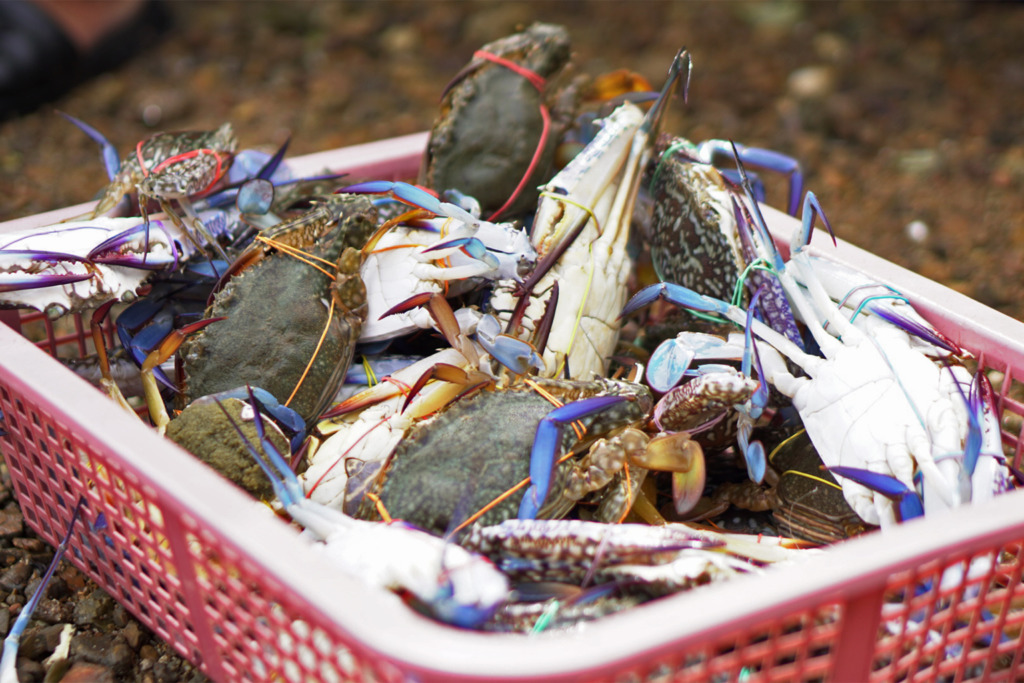
In 1985, Malampaya was found to have 2,500 hectares (about 6,200 acres) of mangrove forests, and more than 150 fish species. At least 60 of these fish species are commercially important. The fish are sold not just in Palawan, but also in the Philippines’ capital, Manila, Hong Kong, Taiwan and Japan.
The rich fisheries of Malampaya attracted migrants from nearby towns and provinces. Some settlers cut down mangroves for timber, fuelwood, and charcoal. By 1998, the area’s mangrove cover was reduced to less than 1,500 hectares (3,700 acres).
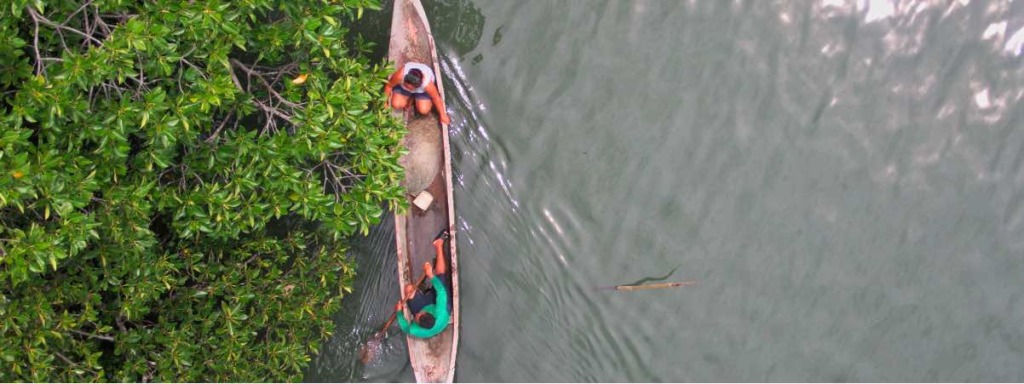
The clearing of mangroves led to a decline in fish catches. In an attempt to reverse the fisheries decline, Malampaya Sound was officially designated as a protected landscape and seascape in July 2000.
The Philippines government started an initiative to restore the mangroves. Restoring the mangrove forests would provide more spawning areas for fish and crabs and hopefully help restore the declining fisheries.
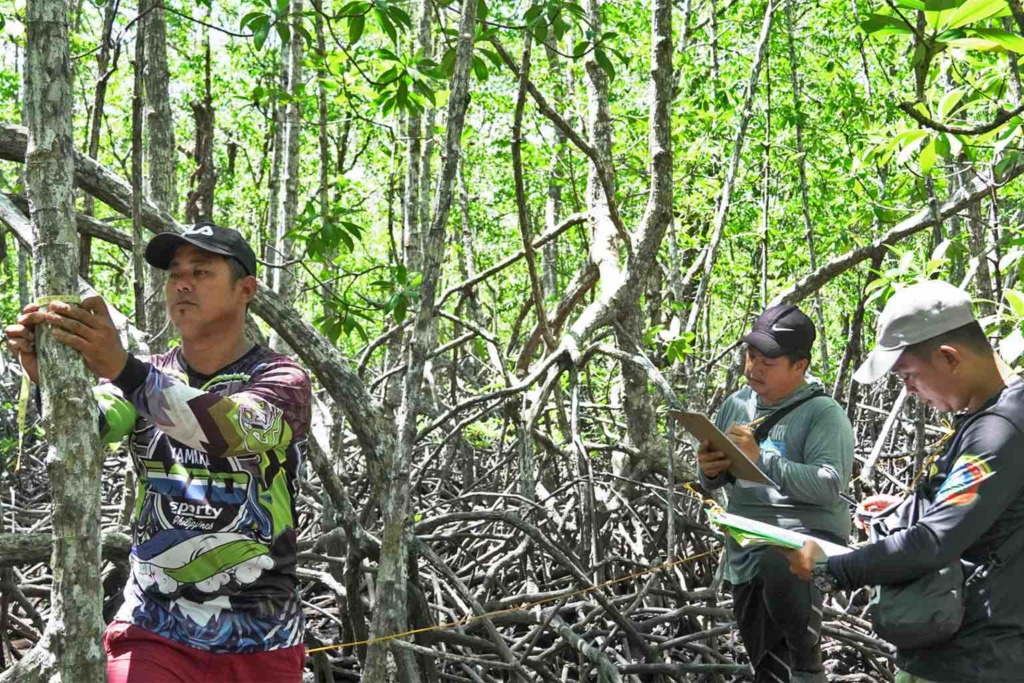
The importance of preserving mangroves is now widely recognized by people in the Malampaya Sound region. The area’s coastal forests and fisheries are seeing a recovery. Some villages have monthly mangrove-planting activities.
“At low tide, we pick mangrove propagules [a part of the tree that produces a new mangrove plant] and plant them in areas with gaps to help increase the mangrove forest cover, so as to also improve the number of fishes and not scare them away,” explains Gloria Calamare, a Malampaya Sound villager. Her family makes its living by fishing for crabs and fish that breed in the mangrove forests.
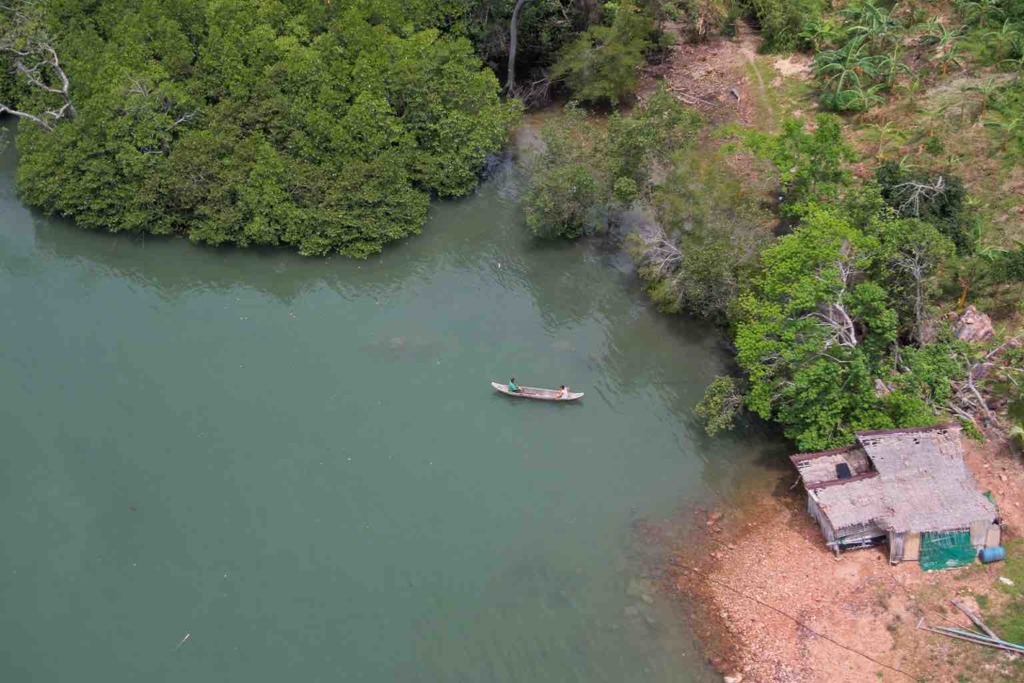
Mangroves aren’t just important for fish.
Mangrove forests help protect the land behind them from tropical storms called typhoons. Typhoons can cause great damage to islands like the Philippines by causing high waves to crash into the shore. These high waves are caused by the super-strong typhoon winds.
Mangrove plants and forests help slow down and dissipate (break up) high waves caused by tropical storms. The mangrove plants absorb the energy of the waves before they hit the mainland.
Research shows that 100 meters (330 feet) of mangroves can reduce wave energy by up to 66%.

The trees on stilts may look funny to some people, but they also do a lot to help human communities.
Mangrove forests in the Philippines and around the world help people by providing nurseries for fisheries. They also help keep the people who live around mangrove forests safe from the flooding caused by storms.
Thank you, mangrove forests!
Adapted from a story by Keith Anthony S. Fabro, published on Mongabay News:



